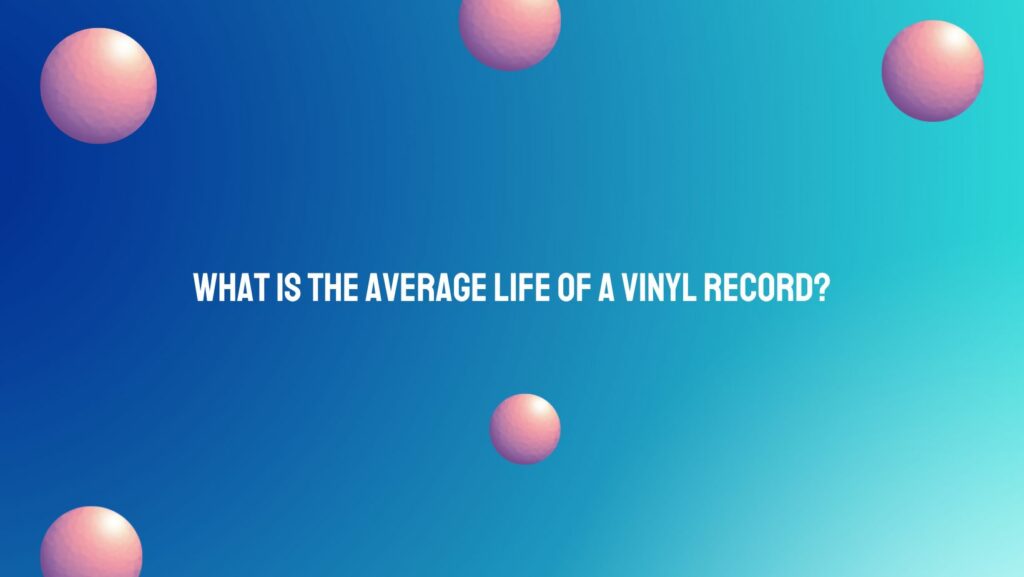Vinyl records, revered for their warm sound and nostalgic appeal, have endured as a beloved medium for music enthusiasts over the decades. However, as vinyl collections age, questions about the average lifespan of records and factors influencing their longevity arise. In this article, we delve into the complexities surrounding the lifespan of vinyl records, exploring various factors that impact their durability and offering insights into effective preservation techniques.
Understanding the Lifespan of Vinyl Records: The lifespan of a vinyl record depends on several factors, including manufacturing quality, storage conditions, handling practices, and playback frequency. While vinyl is a durable material designed to withstand repeated playback, its longevity can be influenced by environmental factors and the care it receives over time.
Manufacturing Quality: The quality of vinyl records varies depending on factors such as manufacturing processes, materials used, and production standards. Records pressed from high-quality vinyl and produced using meticulous manufacturing techniques tend to have a longer lifespan compared to those of lower quality. However, even well-made records are susceptible to degradation over time if not properly maintained and cared for.
Storage Conditions: Proper storage is crucial for preserving the integrity of vinyl records and prolonging their lifespan. Exposure to excessive heat, humidity, direct sunlight, and fluctuations in temperature can accelerate the deterioration of vinyl, leading to warping, distortion, and surface damage. Records stored in controlled environments with stable temperature and humidity levels are more likely to withstand the test of time and maintain their fidelity over the years.
Handling Practices: Gentle handling is essential for minimizing the risk of damage and extending the lifespan of vinyl records. Records should be handled with care, avoiding excessive pressure, bending, or dropping. Handling records by the edges or label area, using inner sleeves and outer jackets for protection, and avoiding stacking records on top of each other can help prevent scratches, scuffs, and other forms of damage that can compromise playback quality.
Playback Frequency: The frequency of playback also influences the lifespan of vinyl records. While records are designed to withstand repeated use, excessive playback can contribute to wear and tear on the grooves, stylus, and playback equipment. Rotating records in your collection and using proper playback equipment, such as a high-quality turntable and stylus cartridge, can help minimize the impact of frequent use and preserve the integrity of your vinyl collection.
Conclusion: The lifespan of a vinyl record is influenced by a combination of factors, including manufacturing quality, storage conditions, handling practices, and playback frequency. By understanding these factors and implementing effective preservation techniques, vinyl enthusiasts can extend the life of their cherished collections and continue to enjoy the timeless magic of analog sound for years to come. With proper care and attention, vinyl records can remain a cherished medium for music appreciation and cultural heritage, enriching the lives of generations to come.

